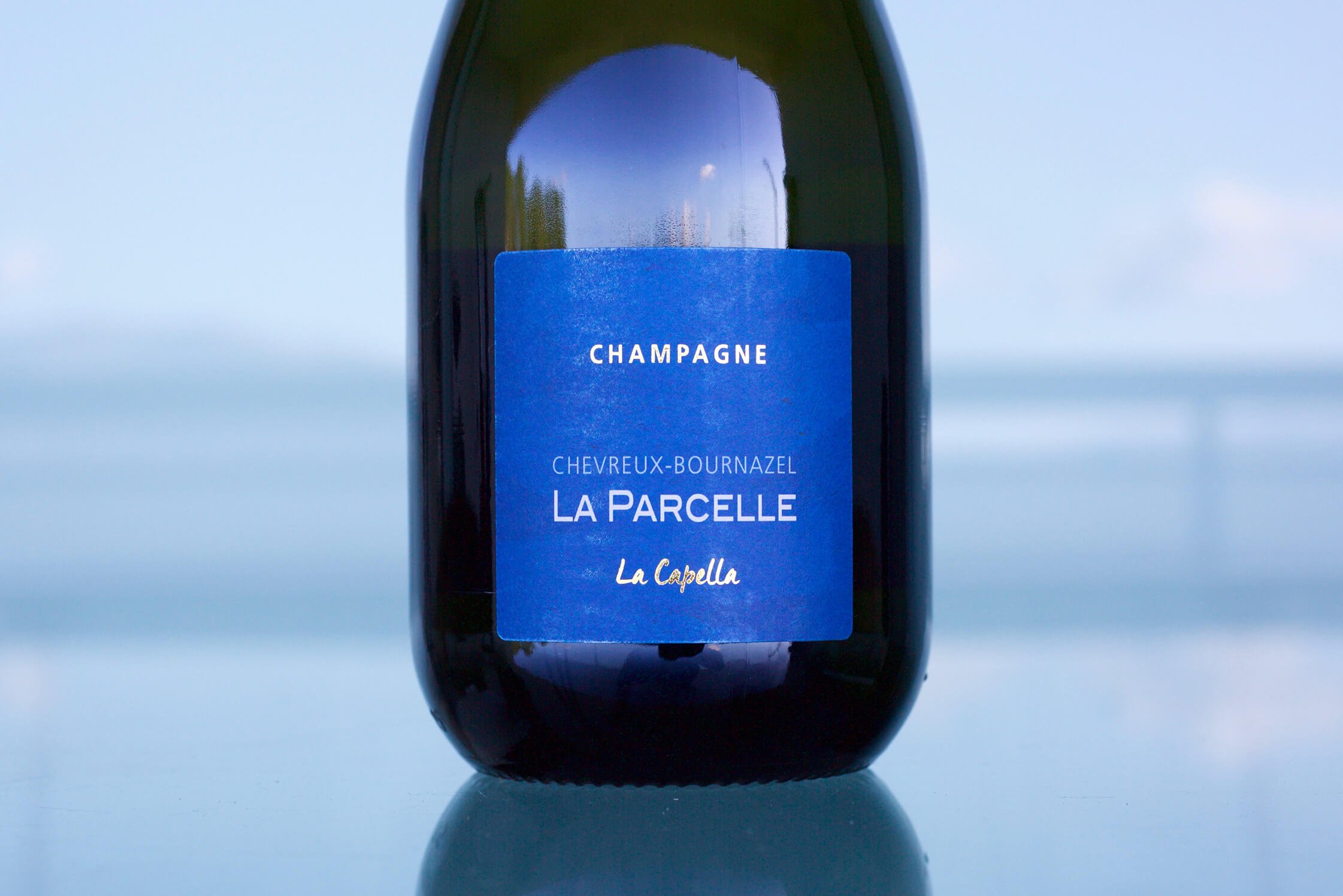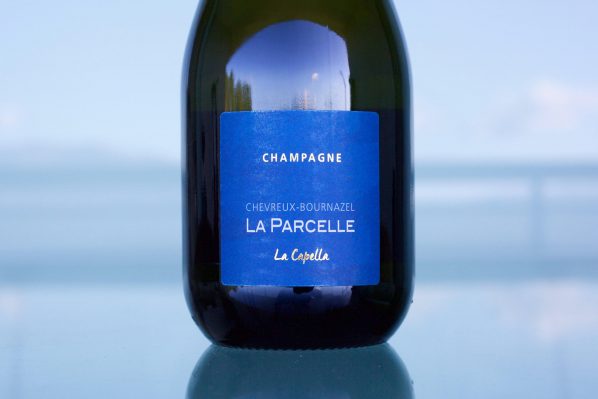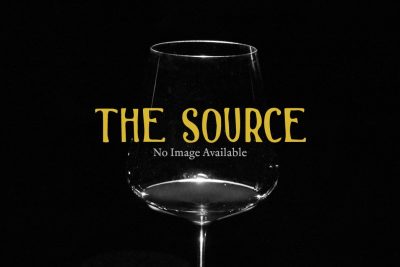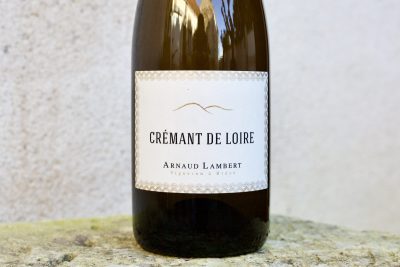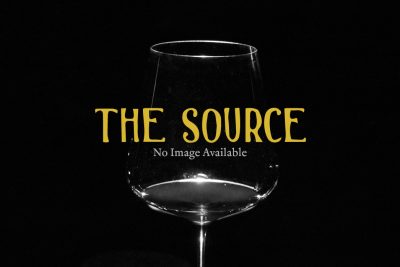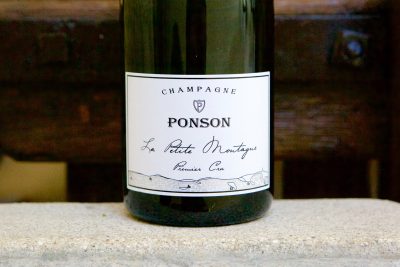La Parcelle
This website contains no AI-generated text or images.
All writing and photography are original works by Ted Vance.
Short Summary
Among the multitude of producers who have been looking beyond Champagne’s initial grower-producer movement—a movement of growers that began to break free of the big houses and to produce their own wines, sometimes focused on single plots—are two enthusiastic winemakers, Stéphanie Chevreux and Julien Bournazel, of Champagne La Parcelle. Since their debut vintage in 2012, they have focused on a homeopathic approach in the vineyards and in the cellar. Upon acquiring their first vineyard, a 0.4 ha parcel on the Côteau du Barzy, they began conversion to biodynamics, and to the naked eye, it’s clear that their land is happy and thriving.Full Length Story
“Biodynamic rules seem simple for us. Working without chemical products, without mineral fertilization, without products in the wine and with life, with our animals, with the wild plants of our land, with cosmological influences …” – Stephanie Chevreux
Among the multitude of producers who have been looking beyond Champagne’s initial grower-producer movement—a movement of growers that began to break free of the big houses and to produce their own wines, typically focused on single plots—are two young and enthusiastic winemakers, Stéphanie Chevreux and Julien Bournazel, of Champagne La Parcelle. Since their debut vintage in 2012, they have been laser-focused on a more homeopathic approach, not only in the vineyards, but in the cellar too.
Upon the acquisition of their first vineyard, a 0.4 ha parcel on the Côteau du Barzy, Stéphanie and Julien immediately began the conversion to biodynamic practices, and to the naked eye it’s evident their land is happy and thriving. The cover crop is verdant with an array of wild thyme, carrots, tomatoes, fruit trees and all things life. The grapes are manually harvested during the cool, early morning hours, when it’s eleven to twelve degrees Celsius, before the short trip to their tiny cellar where they undergo a gentle press, followed by spontaneous fermentation in tonneaux. Following the lunar calendar, battonage is performed regularly throughout the winter months to give the wines more “gras,” a welcome layer to balance the naturally high acidity. The wines are never racked, filtered or fined, and SO2 levels are kept extraordinarily low (between 12-37 mg/L) and added just before bottling.
La Parcelle - 2018 La Capella
5 in stock


